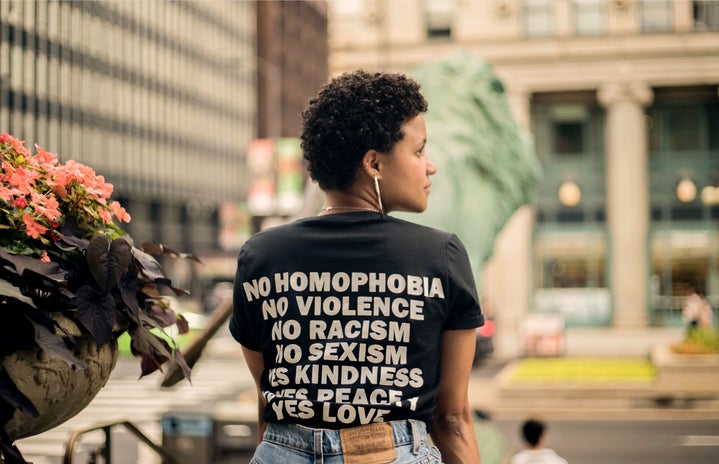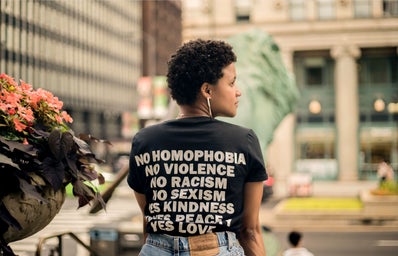Today’s narrow conception of discrimination often refers to race inequality as separate from disparities based on gender, class, sexuality, etc. However, some people are vulnerable to all of these, and their experiences are sums of these various forms of inequality that often operate together. It is crucial to re-mold the distorted frame through which we view issues of discrimination, specifically within the workplace, and continue to draw attention to where race and gender overlap. Minorities in the workplace inconspicuously experience underexposure to opportunities that help people move up the structure. At the same time, they experience overexposure to things such as microaggressions and attribution bias.
The term “intersectionality” was coined by civil rights activist and professor Kimberlé Crenshaw. Intersectionality is a concept often used in critical theories to describe how systems of oppression are interconnected and cannot be examined separately from one another. In Kimberlé Crenshaw’s speech at the 2020 Maker’s Conference, she describes it as a prism, a framework, or a template for seeing and telling different kinds of stories about what happens in our workplaces, what happens in society, and to whom it happens.
Intersectionality is not an old concept, but a new word for an old idea. When Crenshaw first coined the term after her encounter with Emma DeGraffenreid, she thought of it as remedial education for judges who did not seem to understand the discrimination happening to Black women. Emma, along with other Black women, sued General Motors in 1976 for discrimination and claimed the company did not hire them because of their race and gender. However, her employer and the court both agreed that since the employer hired Black people and hired women, even though the Black people they hired were all men and the women they hired were white, Emma could not prove discrimination. Crenshaw realized that this issue was a framing problem because the frame the court was using to see discrimination was partial and distorting. The law can treat Emma only if it can be shown that she was not harmed on the race road or the gender road, but where those roads intersected.
Imagine how different civil rights movements and workplace equality would be if these histories that we have to fight to learn about were not dismantled into conflicting narratives. Since the 1800s, women of color have experienced racism, institutionalized sexual harassment, and abuse, in conjoint with slavery, and a direct outcome of it. Understanding how this intersectionality is a lived experience from the 1800s that still persists today — through police violence and institutionalized racism — explains how race has always played a role in making some women vulnerable to heightened patterns of sexual abuse.
Kimberlé Crenshaw’s idea of intersectionality enables us to understand that we must view issues relating to intersectionality through a different framework while confronting our privileges and educating ourselves on the histories of discrimination. We are not done fighting for justice and part of the reason is predicated on what we haven’t been able to see.
Can’t get enough of HC UMass Amherst? Be sure to follow us on Instagram, listen to us on Spotify, like us on Facebook, and read our latest Tweets!




